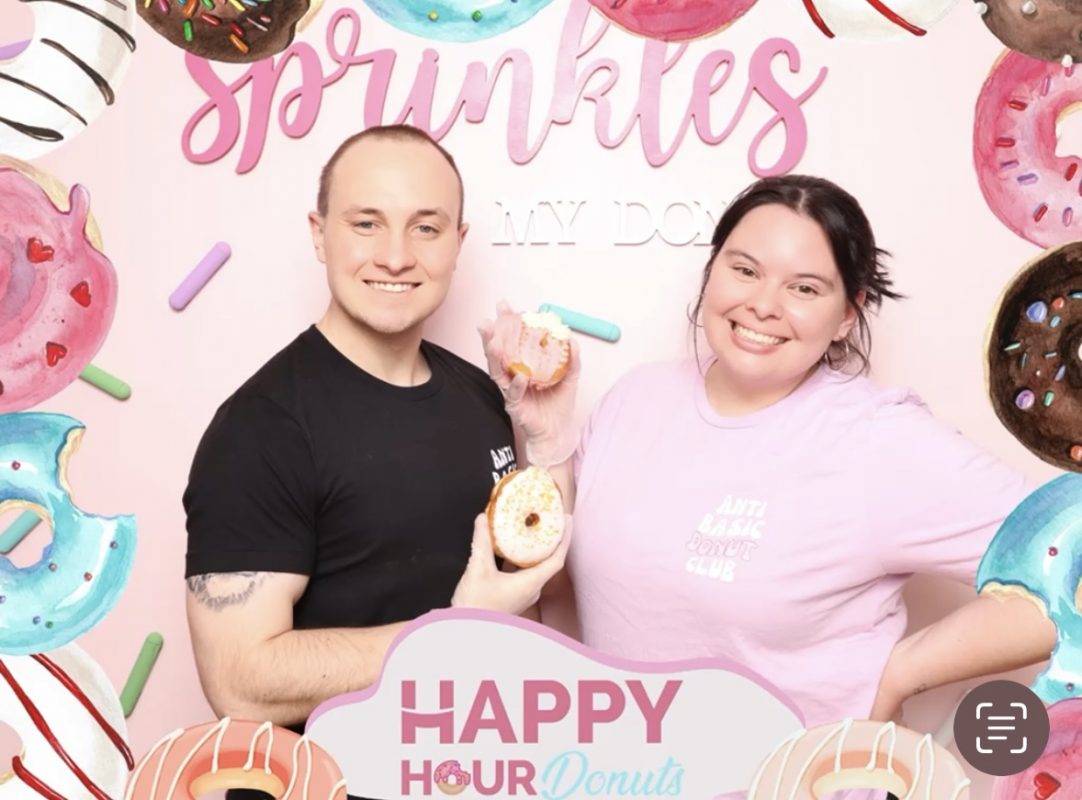Building stronger bones and stronger communities: a UCCS Health Promotion Initiative
Build Your Bones, an Osteoporosis Prevention interdisciplinary program from UCCS Helen and Arthur E. Johnson Beth-El College of Nursing and Health Sciences, brought students, faculty and community members together for a learning program focused on building strong bones through physical activity and nutrition.
This program was a collaborative effort, involving student interns and graduate students working on their thesis projects. It offered hands-on health promotion, research opportunities, and community engagement—particularly for aging adults, a population that often lacks tailored health resources and support systems.
“There aren’t necessarily things geared toward them, especially learning opportunities. The women actually asked if we could continue doing this program because they love the community they’ve built,” said Jordyn Van Hee, a second-year nutrition graduate student.
The program offered weekly nutrition and exercise sessions, all rooted in evidence-based research. Students guided participants through recipes and educational discussions on how nutrition impacts bone health. Participants learned about the Mediterranean diet, increasing fruit and vegetable intake, and even explored unexpected superfoods like prunes and olive oil.
“As we age, we all have decreased absorption of vitamins and minerals,” Van Hee explained. “We increased their exposure to trying new things and made them more aware of the vitamins and minerals they are absorbing. We used food and dietary logs to track their intake and identify areas for improvement.”
Participants enjoyed learning about the variety of foods they could incorporate to optimize their nutrition. “My biggest takeaway was how to eat better to balance the nutrition we’re supposed to be getting. We eat what we can, so it’s important to mix it up and balance our food and nutrients. Hopefully, I can keep going with that,” said Linha Ferguson, a community participant.
Emily Kulakowski, Ph.D., CSCS, emphasized how the project provided a unique opportunity for students to engage with both the human side of health promotion and the rigor of academic research. Students participated in everything from literature reviews and physical assessments to focus groups and qualitative data analysis.
“For health promotion, it’s important for students to see the human side of what they’re learning by applying the theories and practical skills from their coursework,” said Kulakowski. “We want to connect with people, assess their needs, and help close the gaps in care. It’s really amazing how involved UCCS is with the community, which speaks to the quality of our faculty and students.”
“I really loved learning more about osteoporosis and bone health, and also how physical activity and diet can positively influence it,” said student intern Hannah Siethoff, who worked on the physical activity component of the program.
The program also offered DEXA scans, which gave participants individualized feedback on their bone health. While the data was valuable, the one-on-one interactions created deeper connections and meaning.
“It was such a cool way to get to know people individually. You could ask, ‘How was your vacation?’ or ‘How’s your dog?’ It builds bridges with people and highlights the humanity in health and wellness that emerges when you have those personal interactions,” Kulakowski shared.
As the aging population continues to grow, projects like this offer much-needed support, education, and community for older adults—while also providing students with real-world experience and demonstrating how healthcare education can make a tangible difference.
Latest Communique
- Commencement Feature: A calling for caregiving | Madeline MetzgerAfter her experience acting as a secondary caregiver for family, Madeline Metzger knew nursing was her calling. (More)
- Commencement Feature: Defying expectations with determination | Mandy HorvathGraduate, mountaineer, public speaker, writer - Mandy Horvath has many titles, including seven-time world record holder. (More)
- Seven UCCS employees to graduate in spring 2025Among the graduates who will celebrate earning their degrees during the spring 2025 UCCS Commencement ceremonies, seven are UCCS employees. (More)
- Q&A: Bringing joy to Colorado Springs with Happy Hour Donuts | Gabby & Ryan Main ’16Happy Hour Donuts, owned by alumni Gabby & Ryan Main, offers a variety of delicious donuts and fun drinks in a bright, vibrant local setting. (More)
- Photo Feature: Martin Wood Walkoff Baseball GameAs announced in February of this year, Senior Vice Chancellor for University Advancement Martin Wood will be retiring August 4, 2025, after 31 years at UCCS. (More)
- Commencement Feature: Graduating with golf and good friends | Noah HennigJoining the PGA Golf Management program brought back Noah Hennig's enthusiasm for school. (More)













